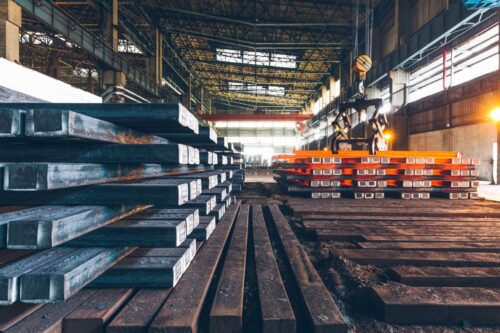Manufacturing Equipment Upgrade
We helped a manufacturing client tackle aging equipment issues and high costs by replacing failing vendor-specific parts with affordable, standard components, providing a sustainable and cost-effective maintenance solution.
Here’s how we helped a manufacturing client address challenges with aging equipment while managing costs effectively.
Manufacturing equipment is built to be durable, often lasting for decades. However, as systems age, vendors may stop supporting them, making replacement parts harder and more expensive to find. This can lead to significant challenges when components begin to fail.
One of our clients, a long-established manufacturer, encountered this issue with their operator consoles, which were critical to their production line. Over time, the consoles started to malfunction, causing disruptions. Other components, including sensors, valves, and cameras, were also showing signs of wear. While replacing these parts was costly, upgrading to new equipment presented an even greater expense.
When the client contacted us, their main concern was finding a sustainable solution for the failing consoles. Replacement parts were scarce and expensive, and the company needed a more practical alternative. We evaluated the situation and identified a potential opportunity: while the console’s cabling and connectors were specific to the original vendor, the internal components—like monitors and keyboards—were standard, off-the-shelf parts housed in a custom enclosure. This meant we could replace the failing components with readily available ones rather than relying on rare, vendor-specific parts.
That’s where we came in.
Working closely with the client, we sourced reliable and affordable replacements for the standard components. This approach reduced repair costs significantly and ensured the client could maintain the consoles without relying on obsolete parts in the future.
Building on this success, we addressed the other aging components in their system. Upon further review, we found that many parts labeled as proprietary were actually standard components with minor modifications. By identifying cost-effective alternatives for sensors, cameras, and other parts, we helped the client replace these items affordably and efficiently.
By the end of the project, the manufacturer had a practical, sustainable approach to maintaining their equipment. They no longer felt constrained by the lack of vendor support or the high cost of proprietary parts. This collaboration demonstrated that with careful analysis and resourceful problem-solving, aging systems could be maintained effectively without excessive costs.









